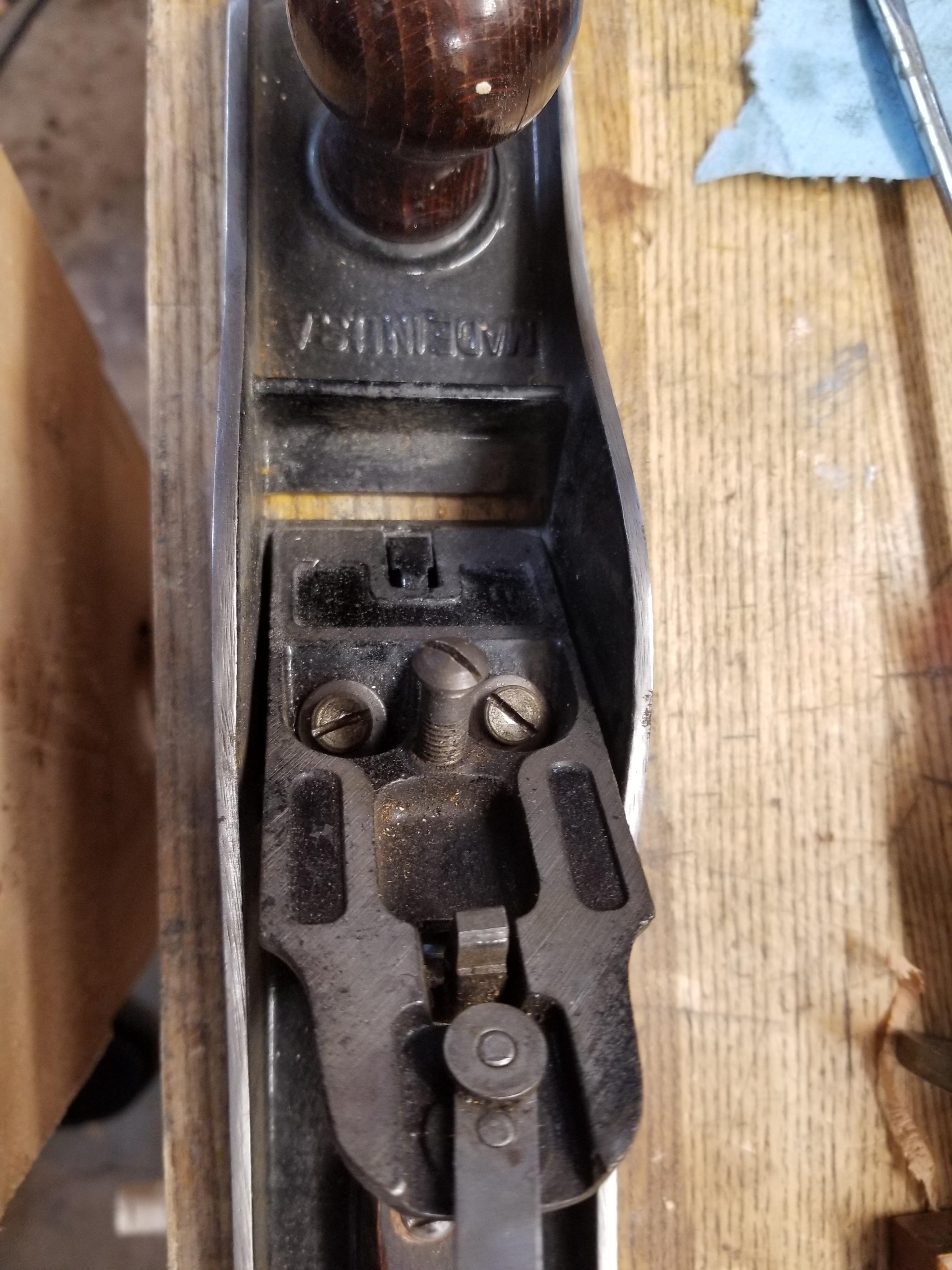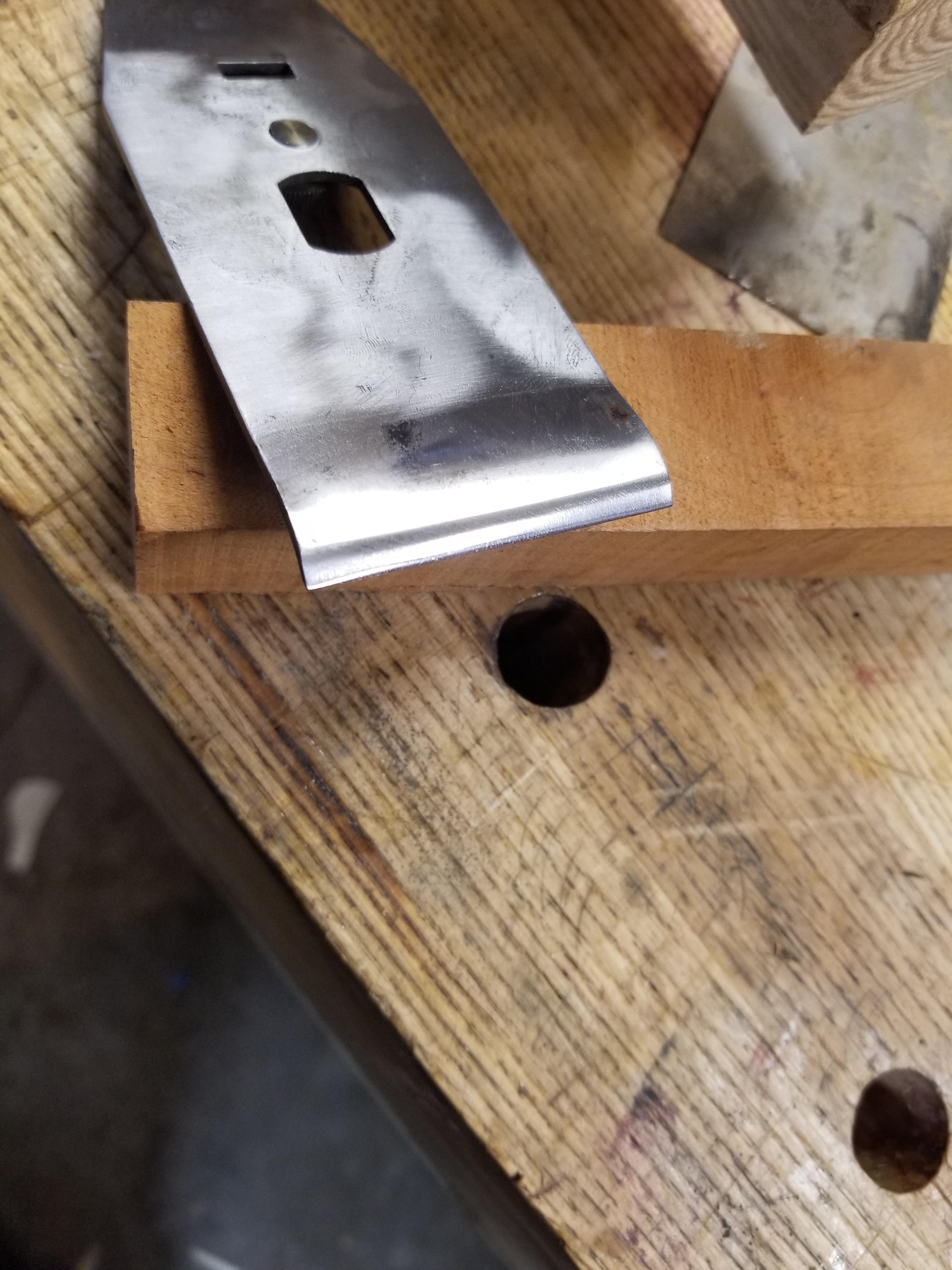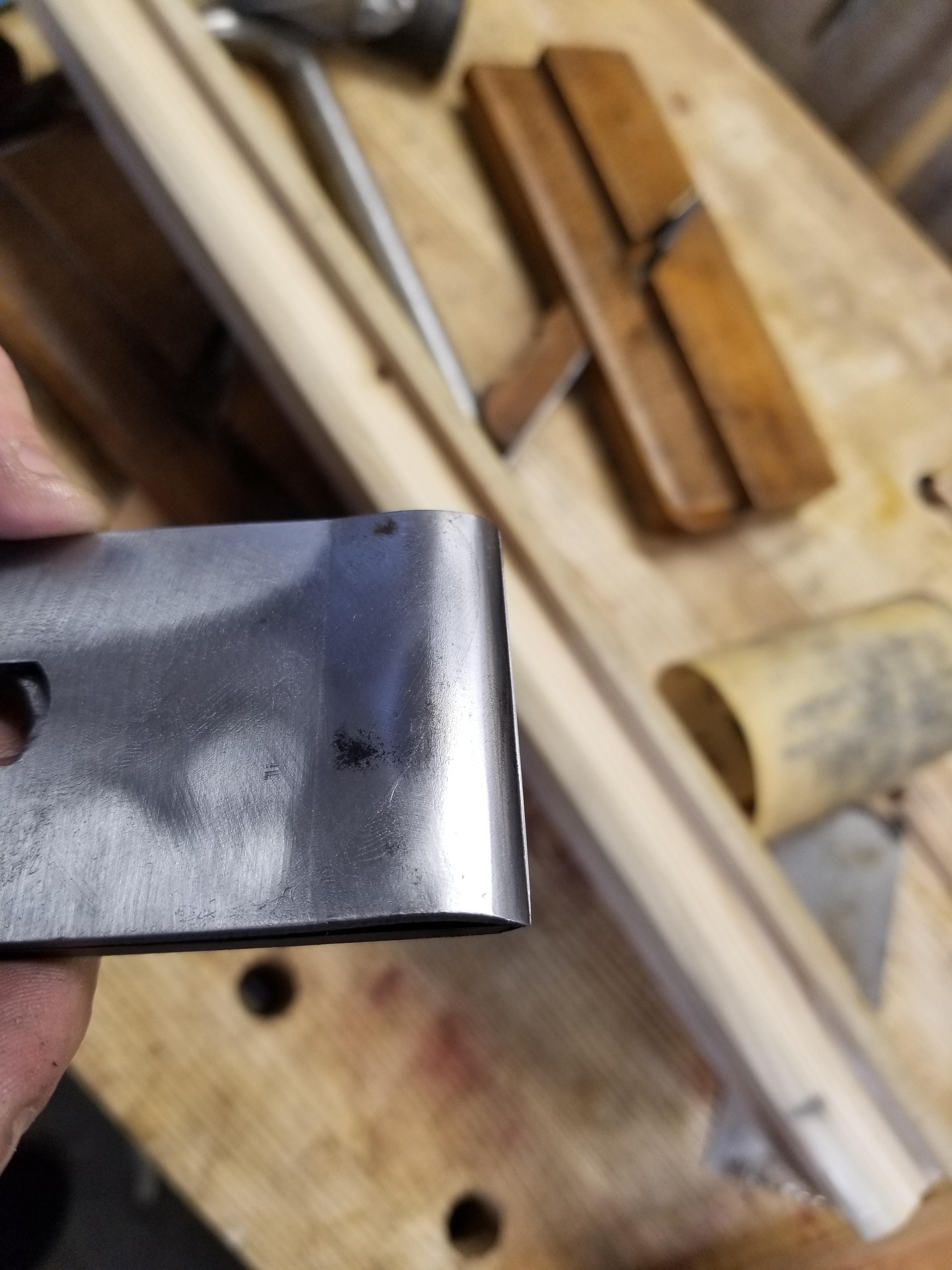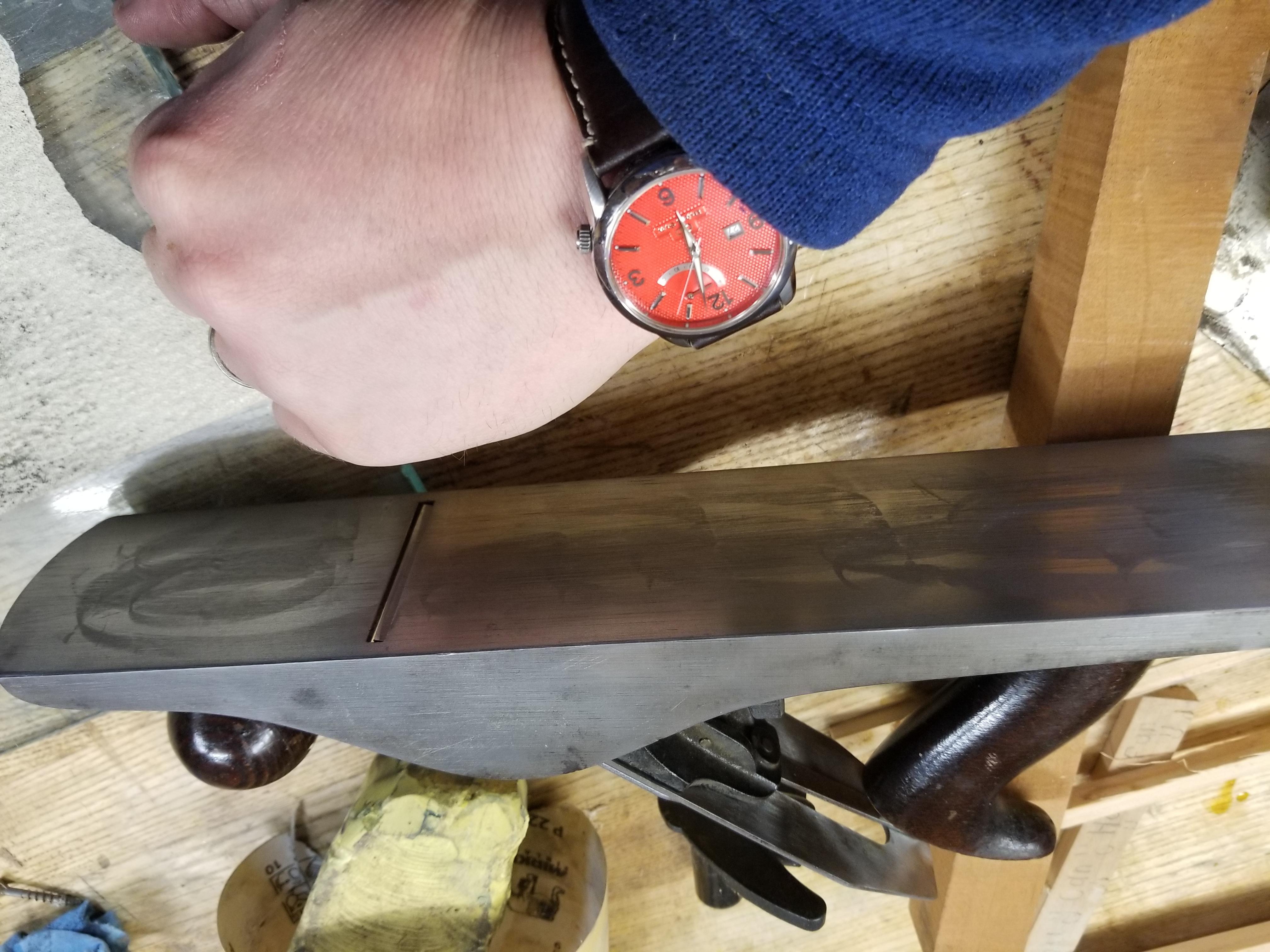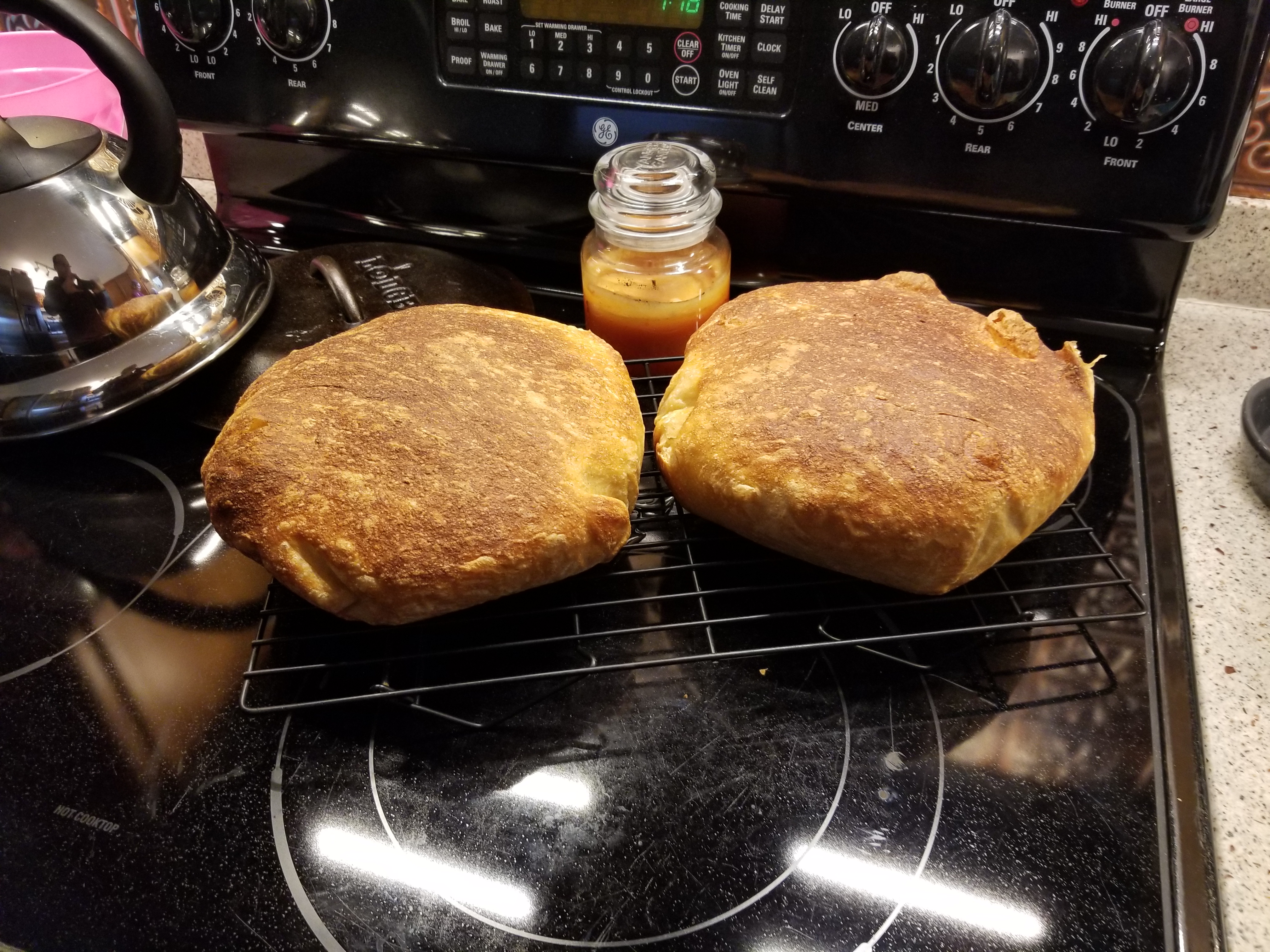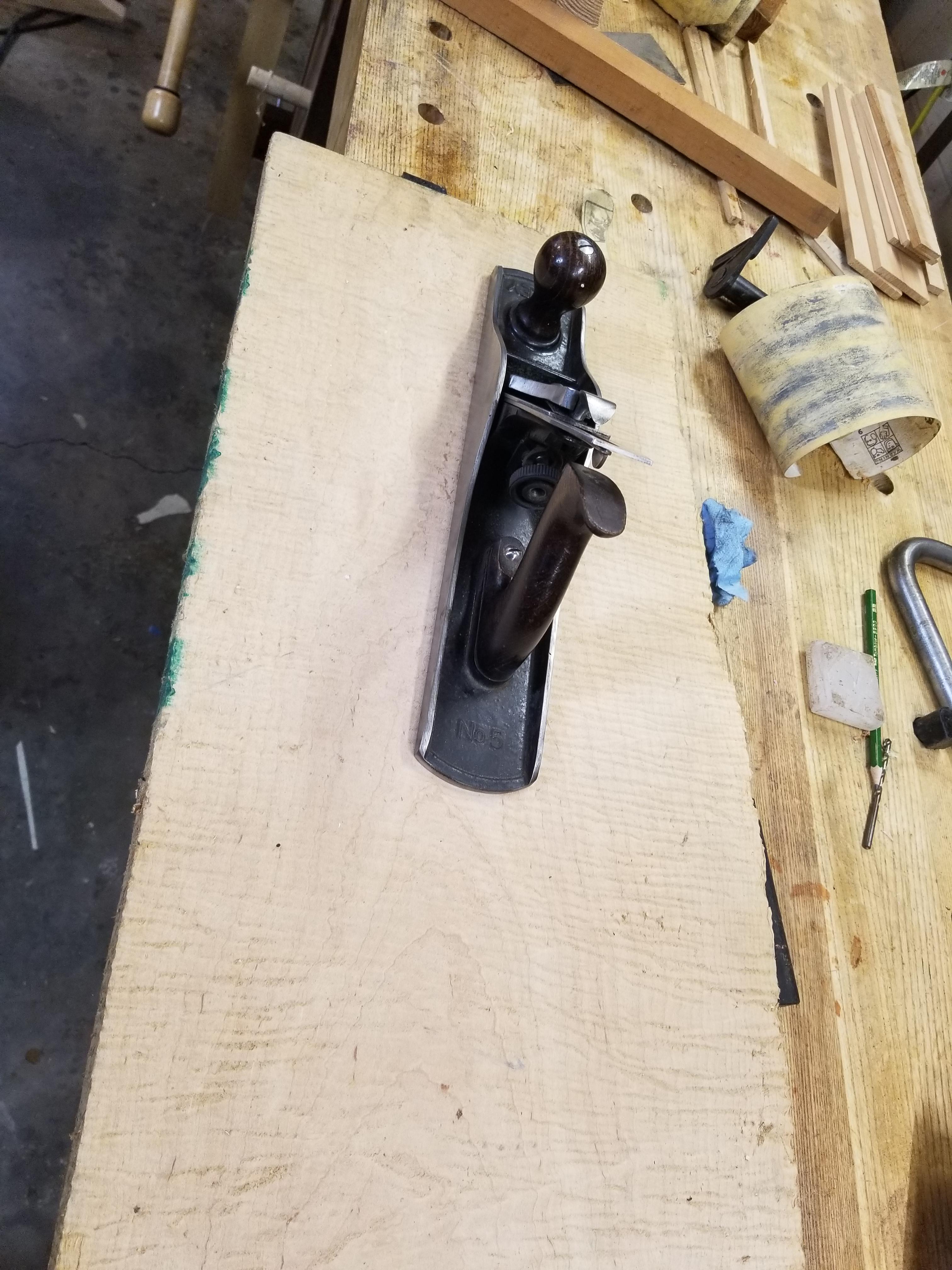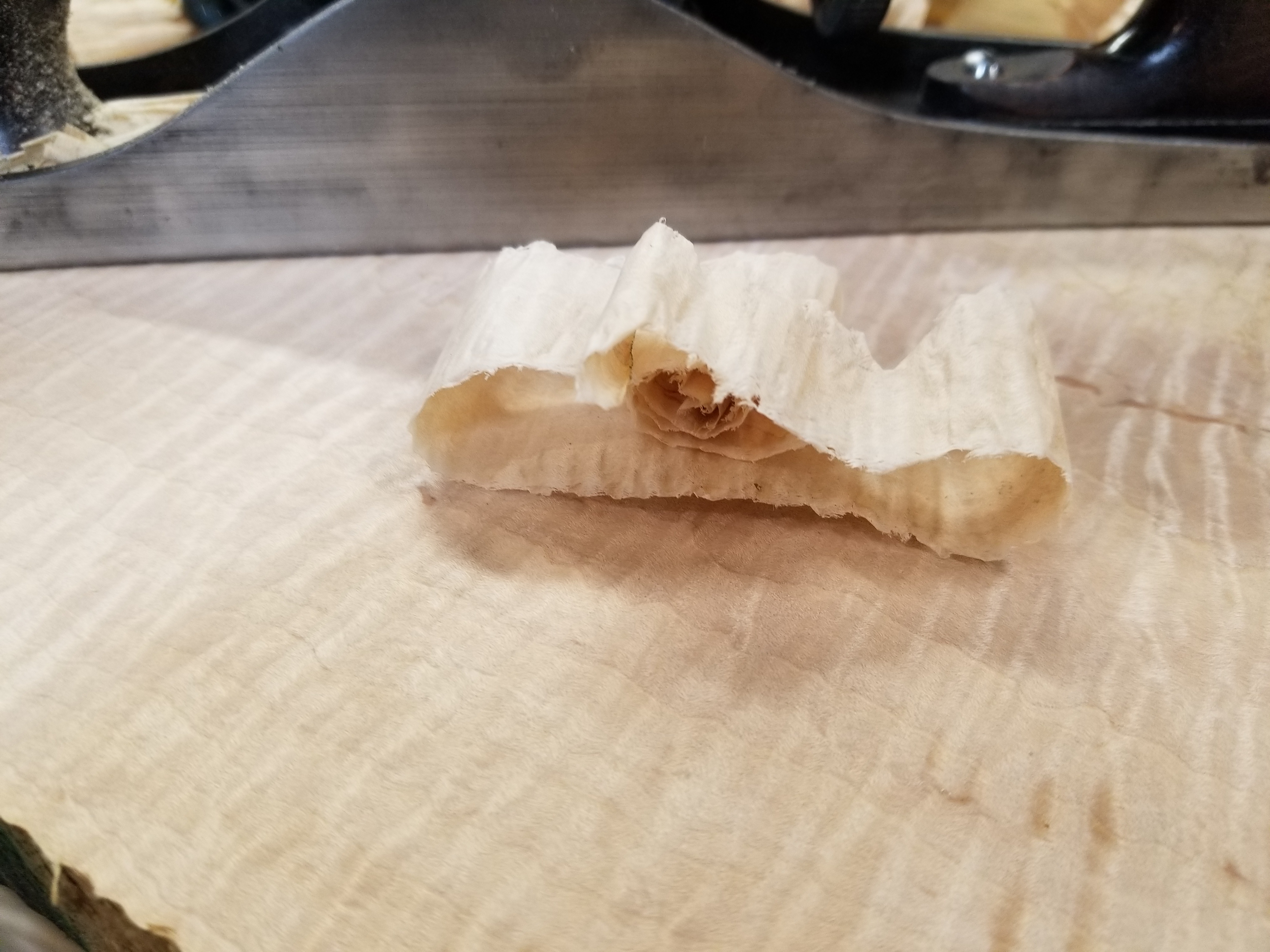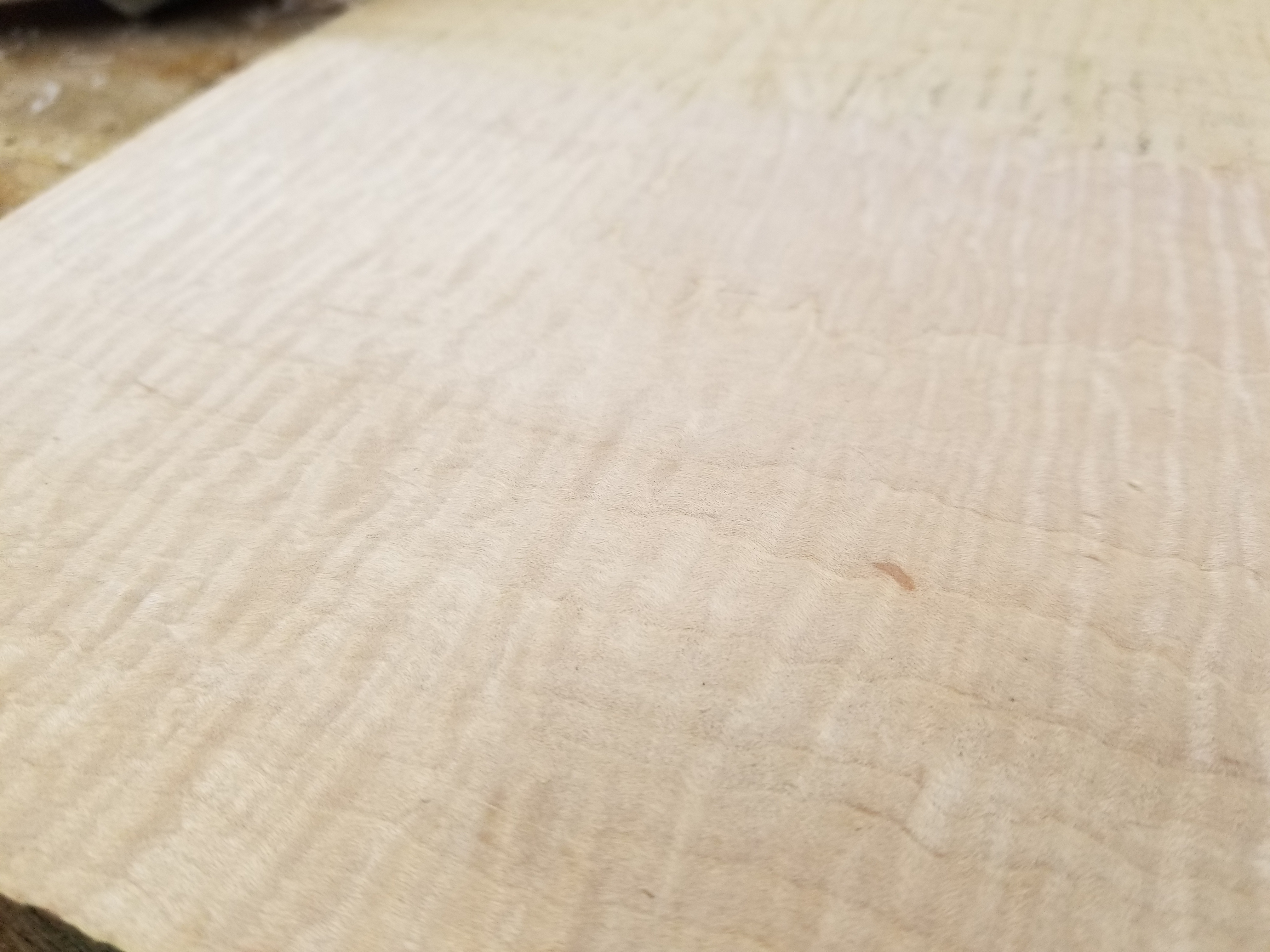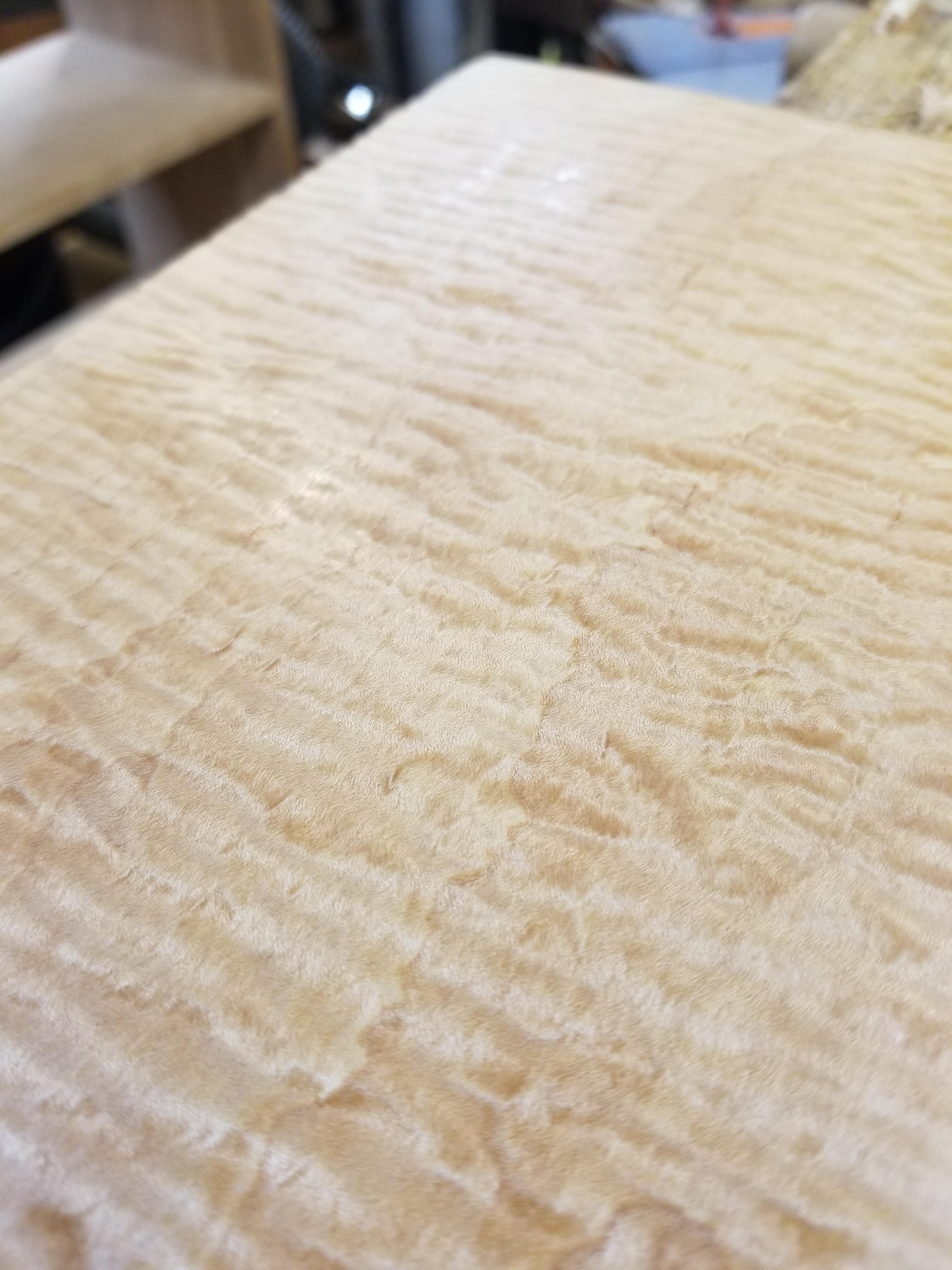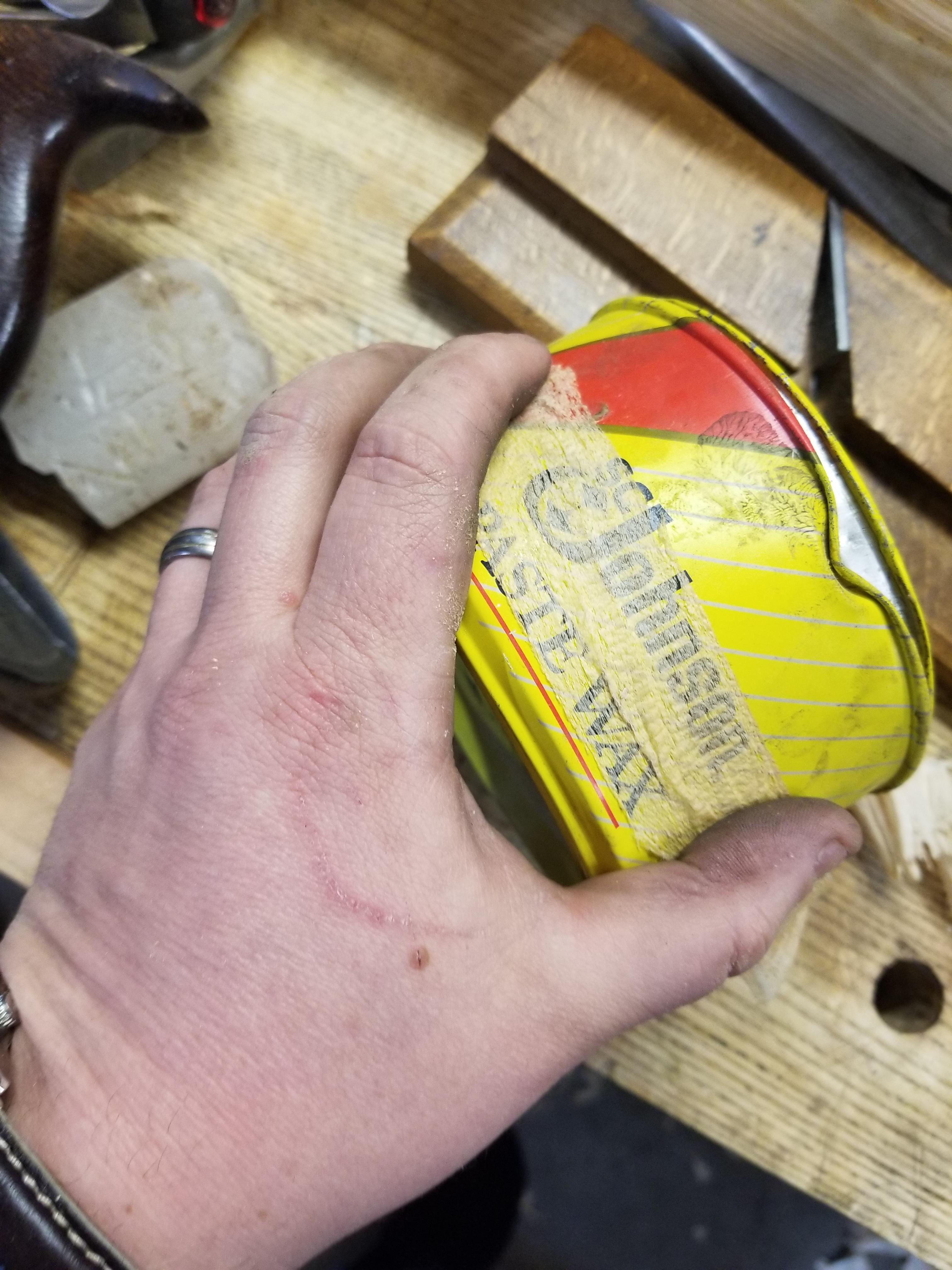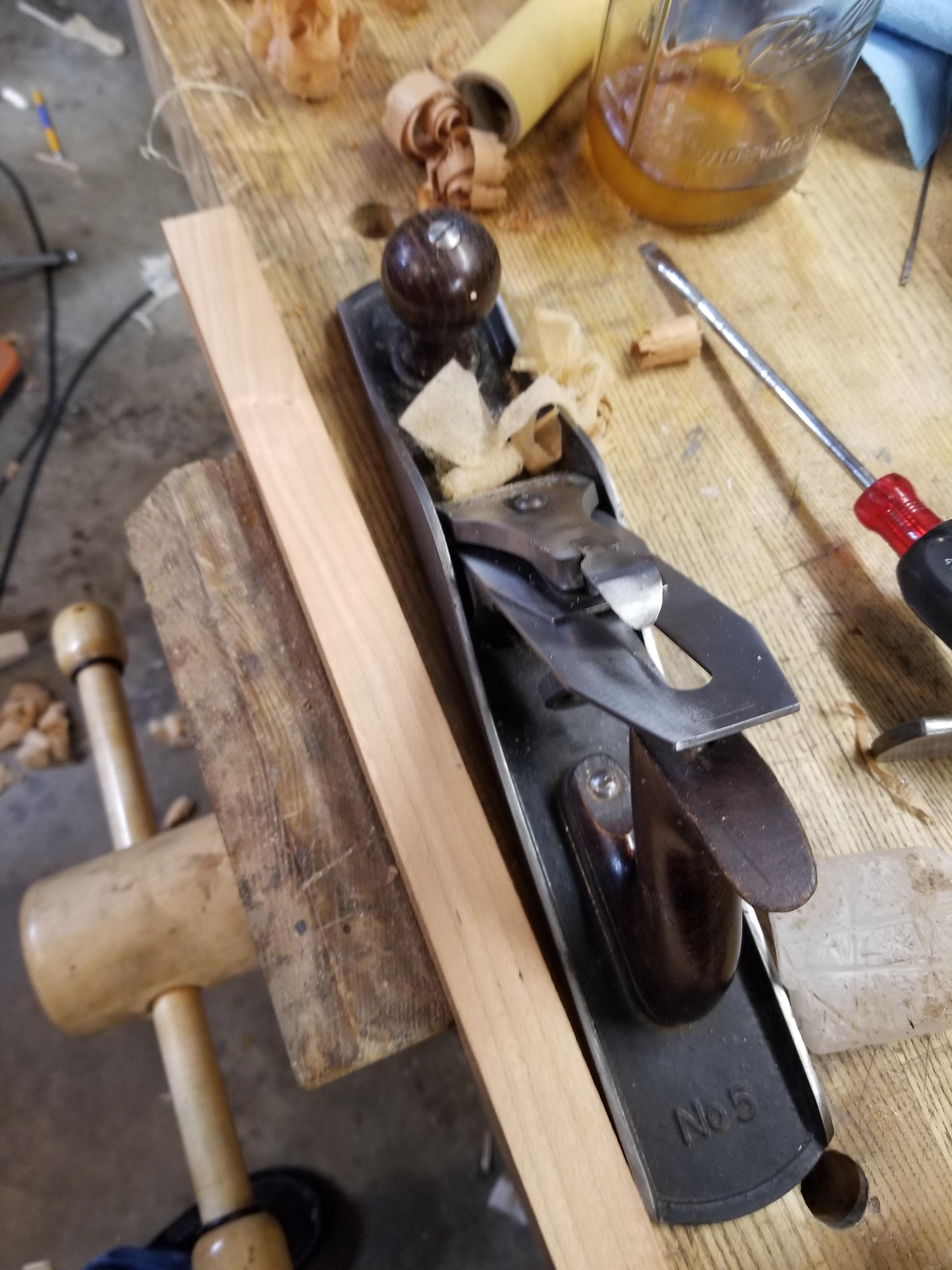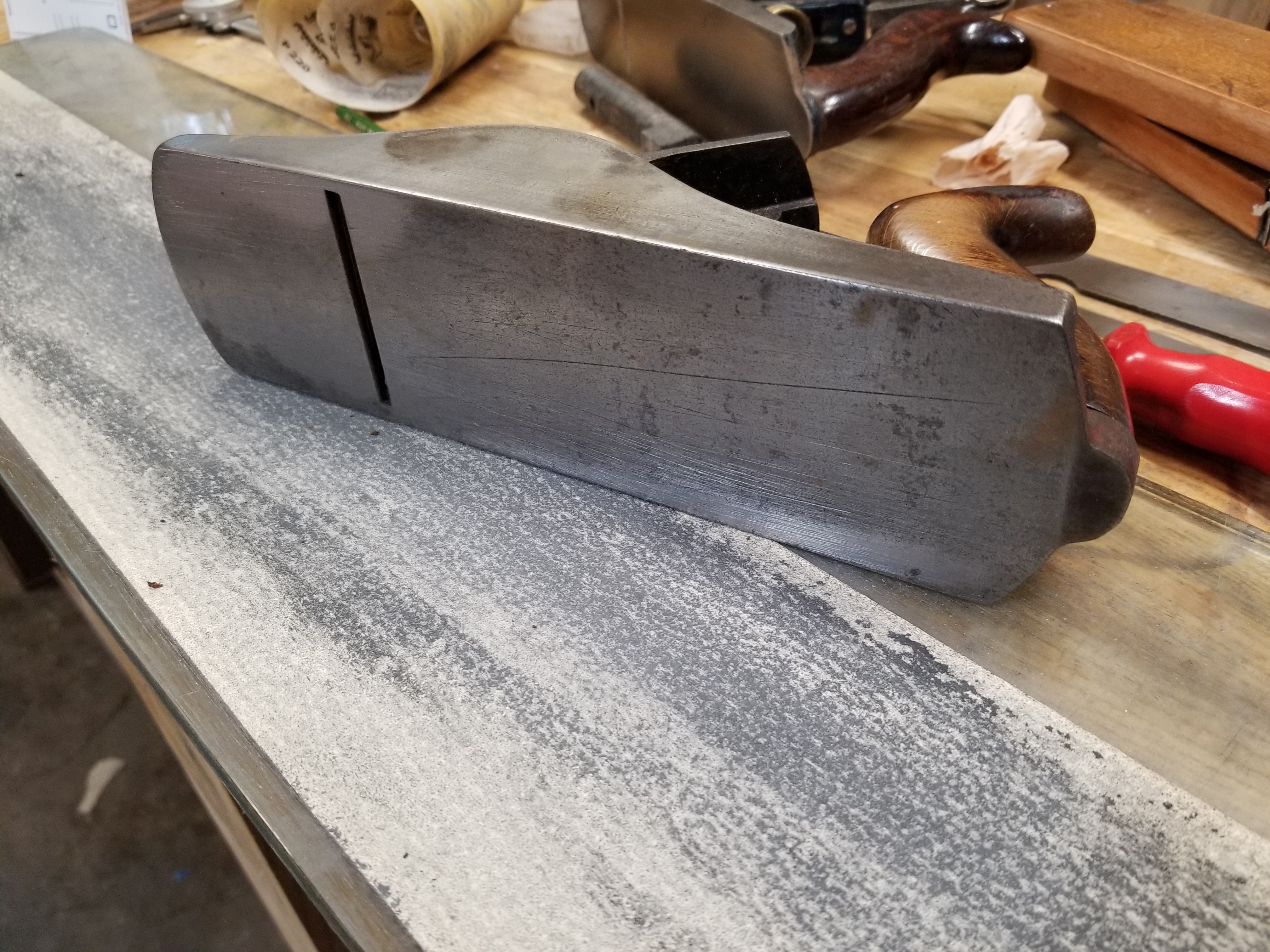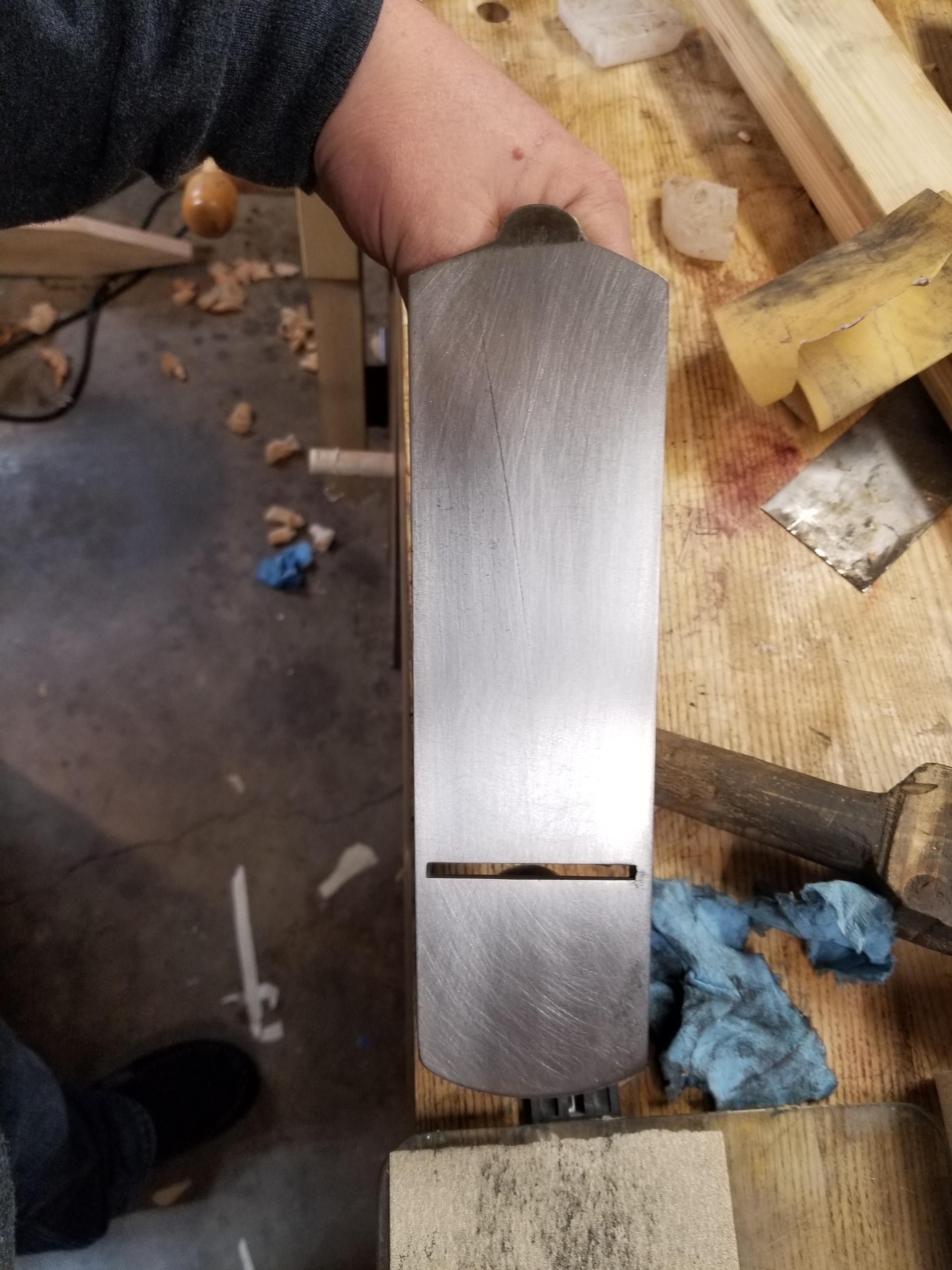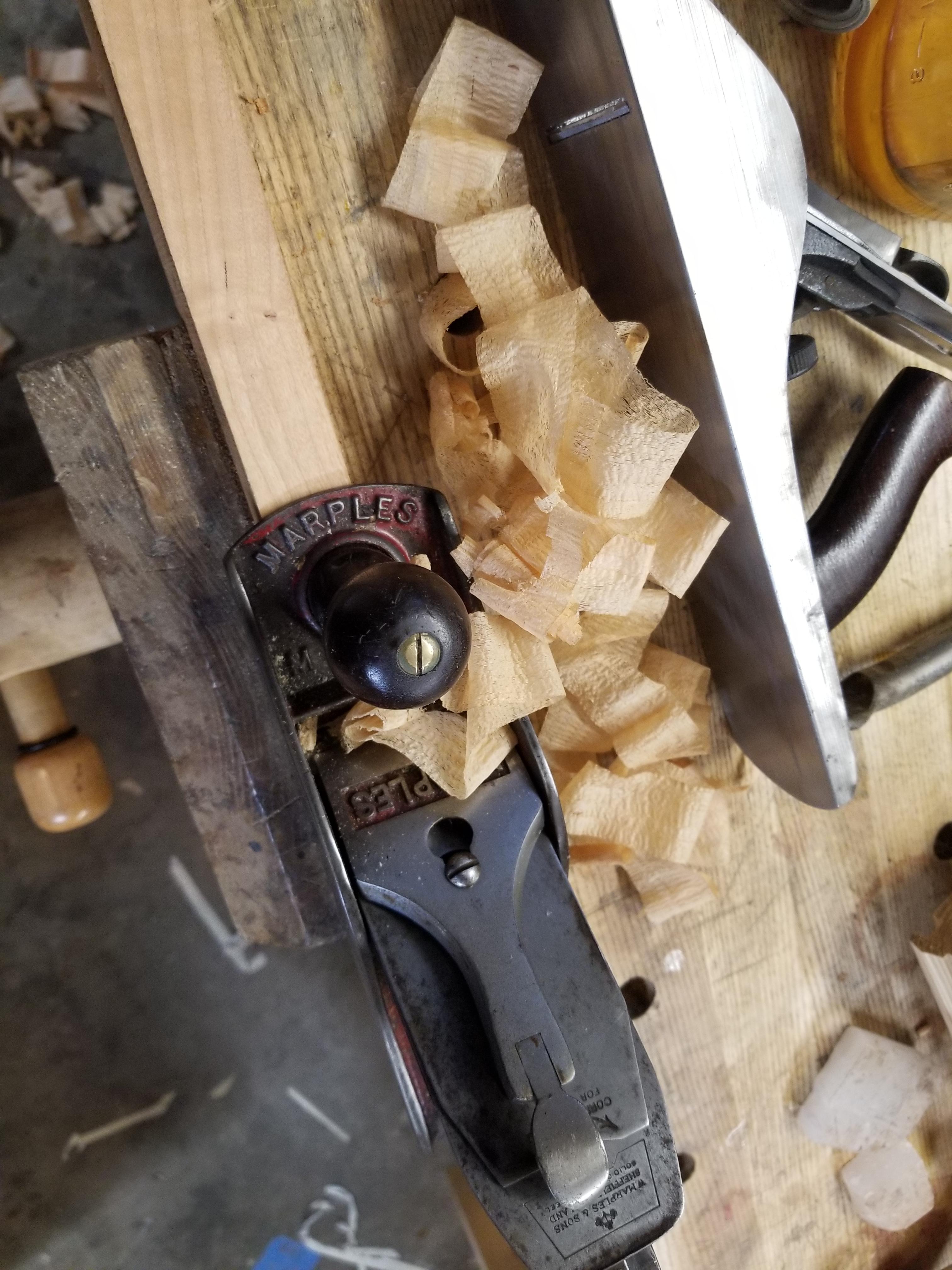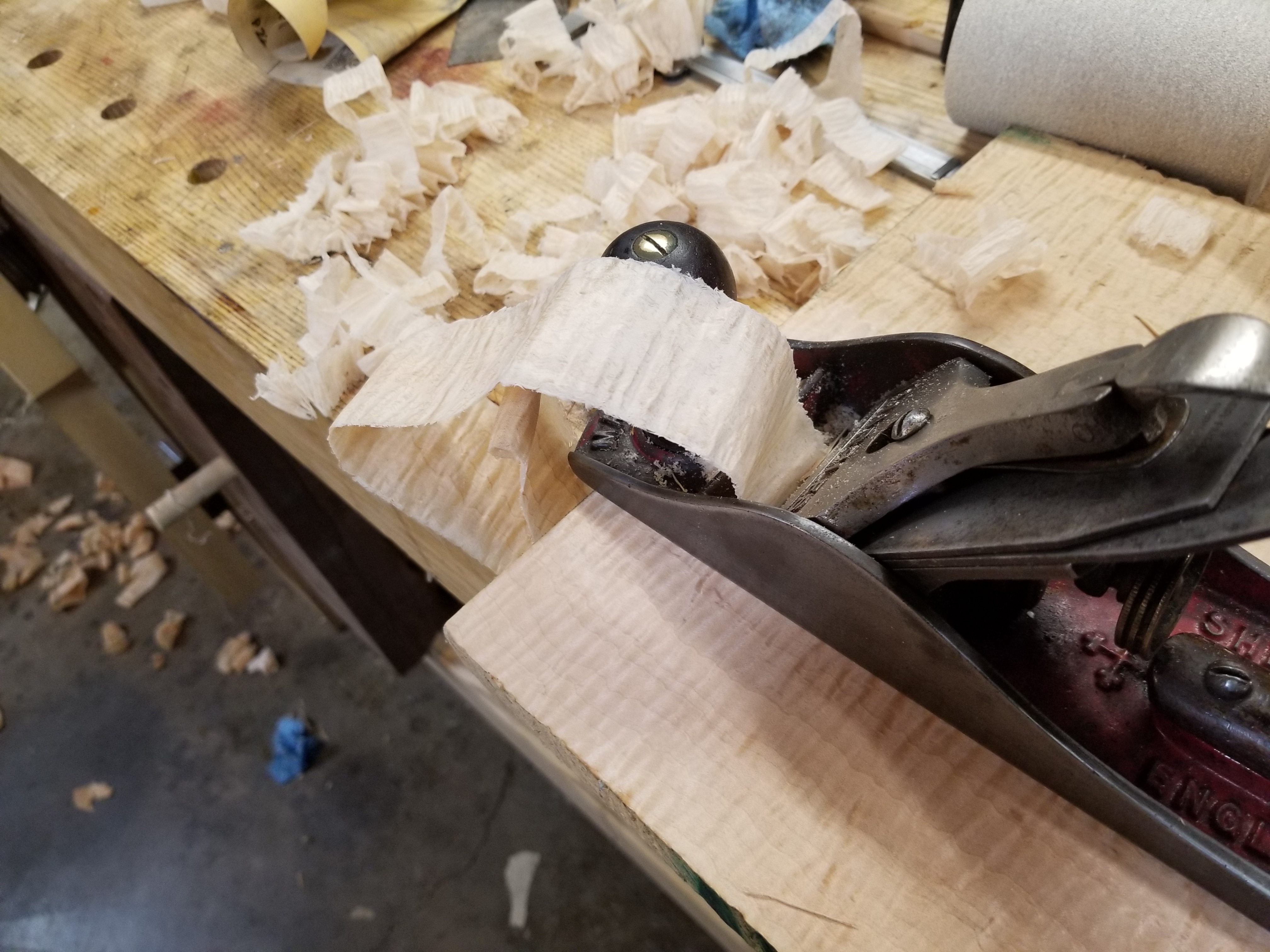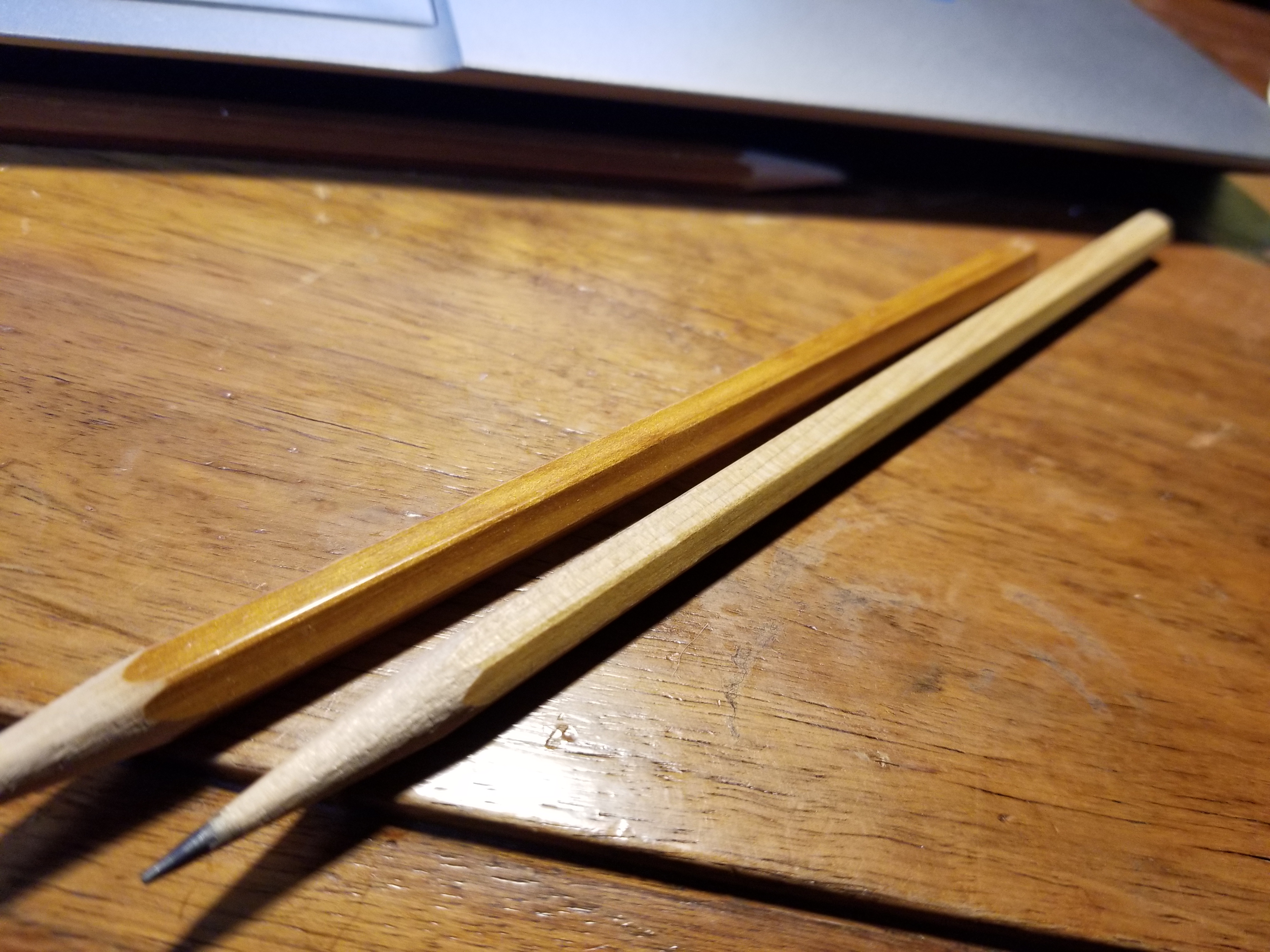I bought this later #5 last year to test a bunch of plane irons. I ended up using a different plane, so it sat on my racks. I like these planes - the later type with the inexpensive frog (these were cast and then the contact area was finished at the factory a belt sander - they work wonderfully) type and the large adjuster wheel.
I figured I'd time what it takes to get it ready - no matter what you read about truing frog feet or any such things, you will not be able to better the function vs. what I've done here. In 20 minutes.
you know why that is (the cap, that's why)
starting at 5:42 - some dealer went over everything on this plane with a deburring wheel. I'm not a collector, so I don't really care. I guess at this point in life, I would do the same thing in 10 minutes if the seller hadn't, but they were smart enough to know that they'd get more for it like this than if it was rusty.
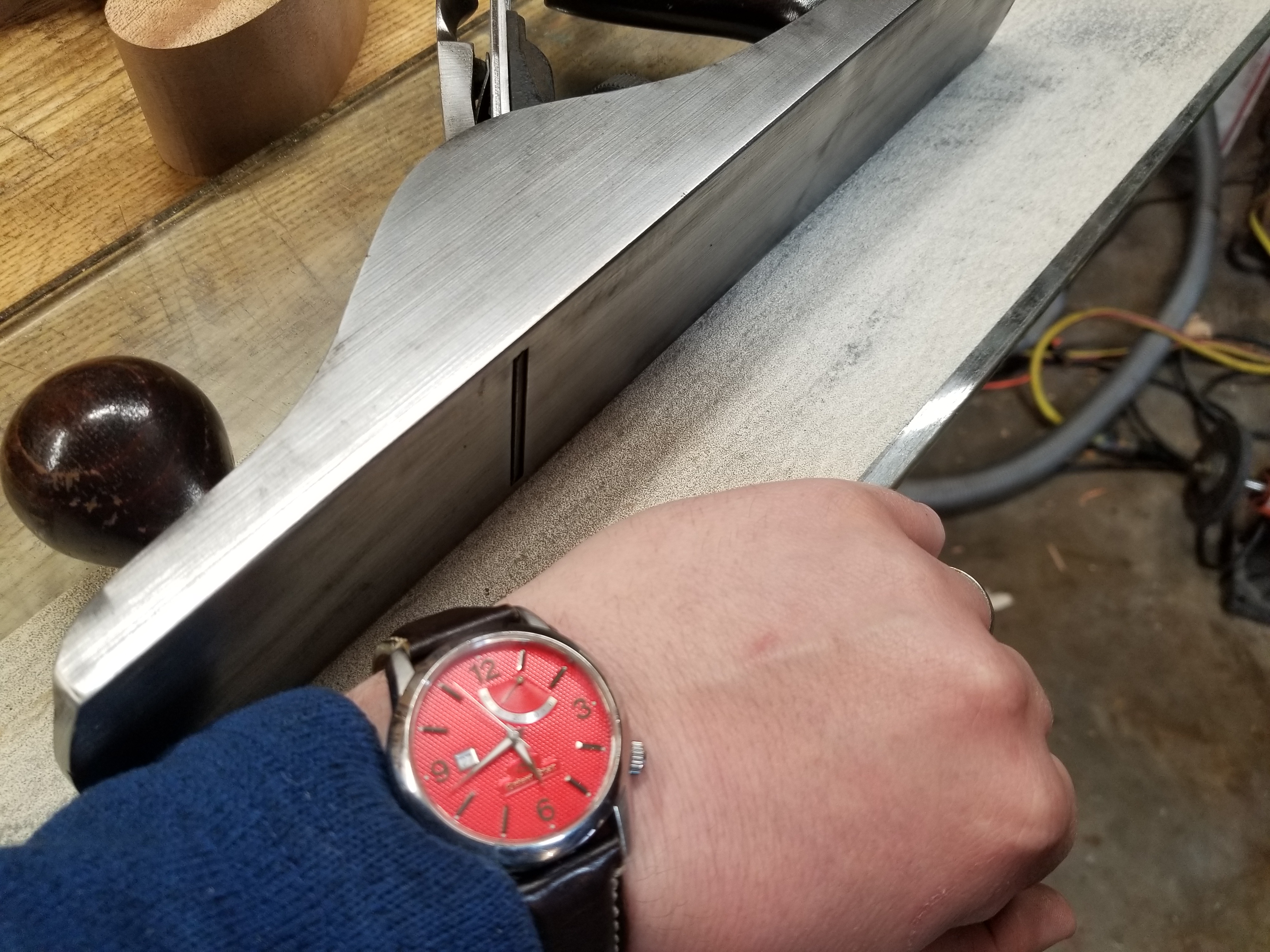
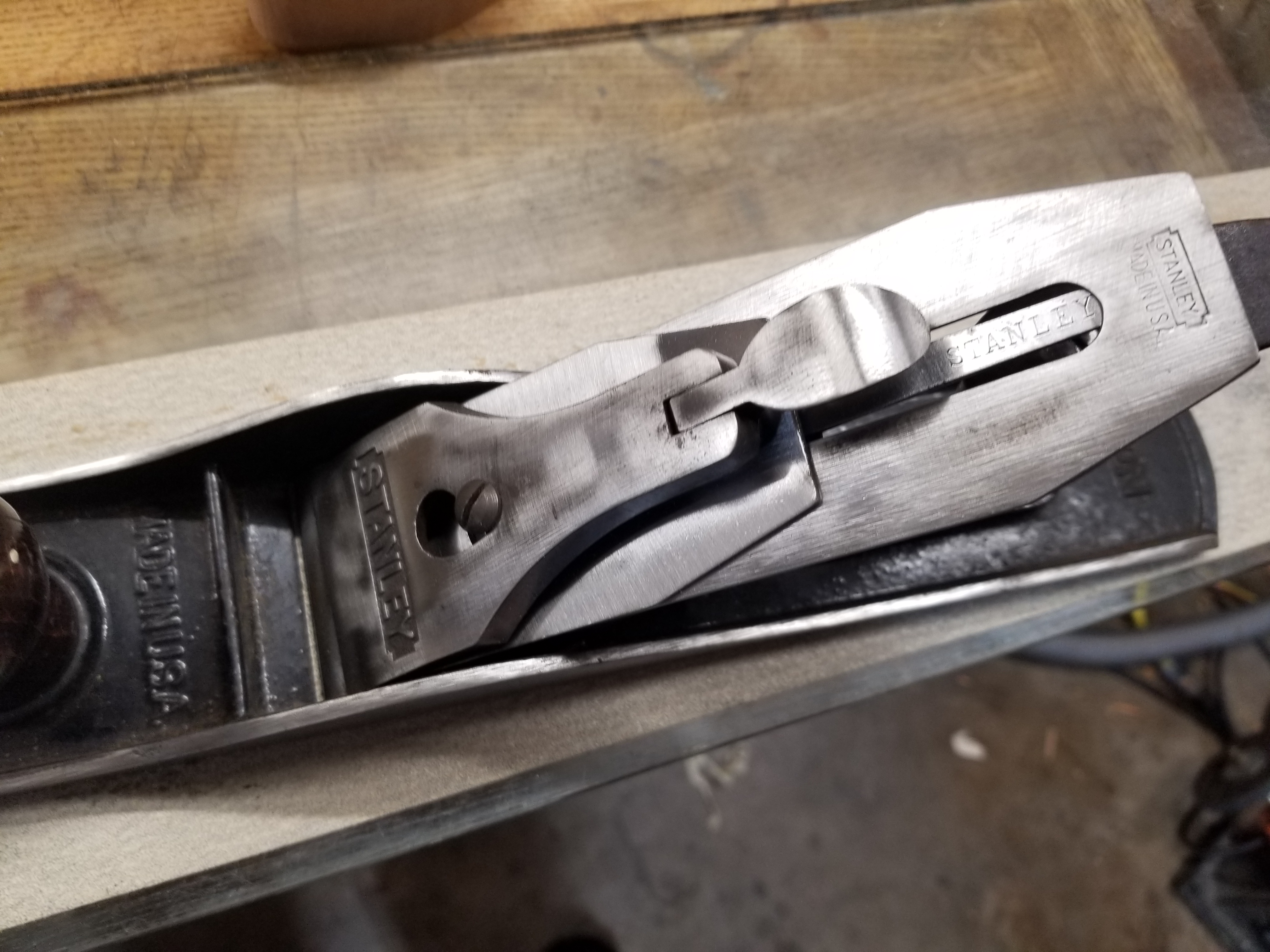
The lap is just a glass shelf ($20). You know already i'm an amateur toolmaker. The bench under it is flat - truly flat - in the front right corner, it's where I true planes. 80 grit psa roll.
I start lapping the iron. It gets hot fast. It's not boutique flat, but I'll get most of the wonk flattened out of it. This paper is extremely coarse, so the last step is to move it in a circular motion on the paper (remember, it's PSA - there will be little or no dubbing because the paper can't lift). I have a tool that I use to hold irons, but this one isn't bad enough to get it out.
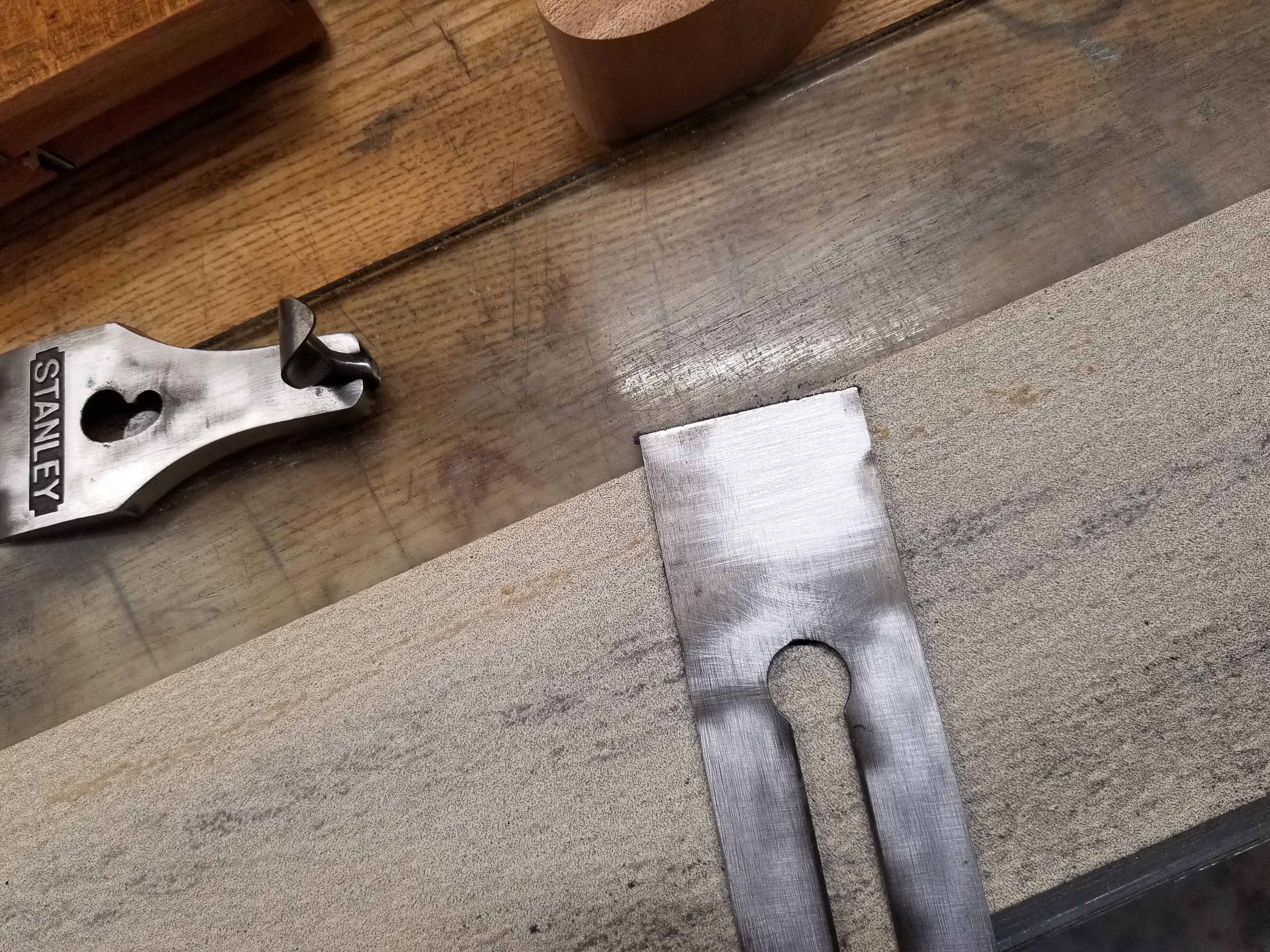
Once i'm done, I flip it over and regrind the bevel so that it's fresh (it had some relatively gross nicks in it - like grain of sand size, not huge).
lapping the sole is next. It was hollow in center along its length. I"ll stop at this point, going toward cosmetics from here will just result i less flatness. That's solvable by sectional work or filing and then doing a final lap after that, but I"m not going there on this plane. It would probably take at least half an hour. This is awfully close to dead flat.
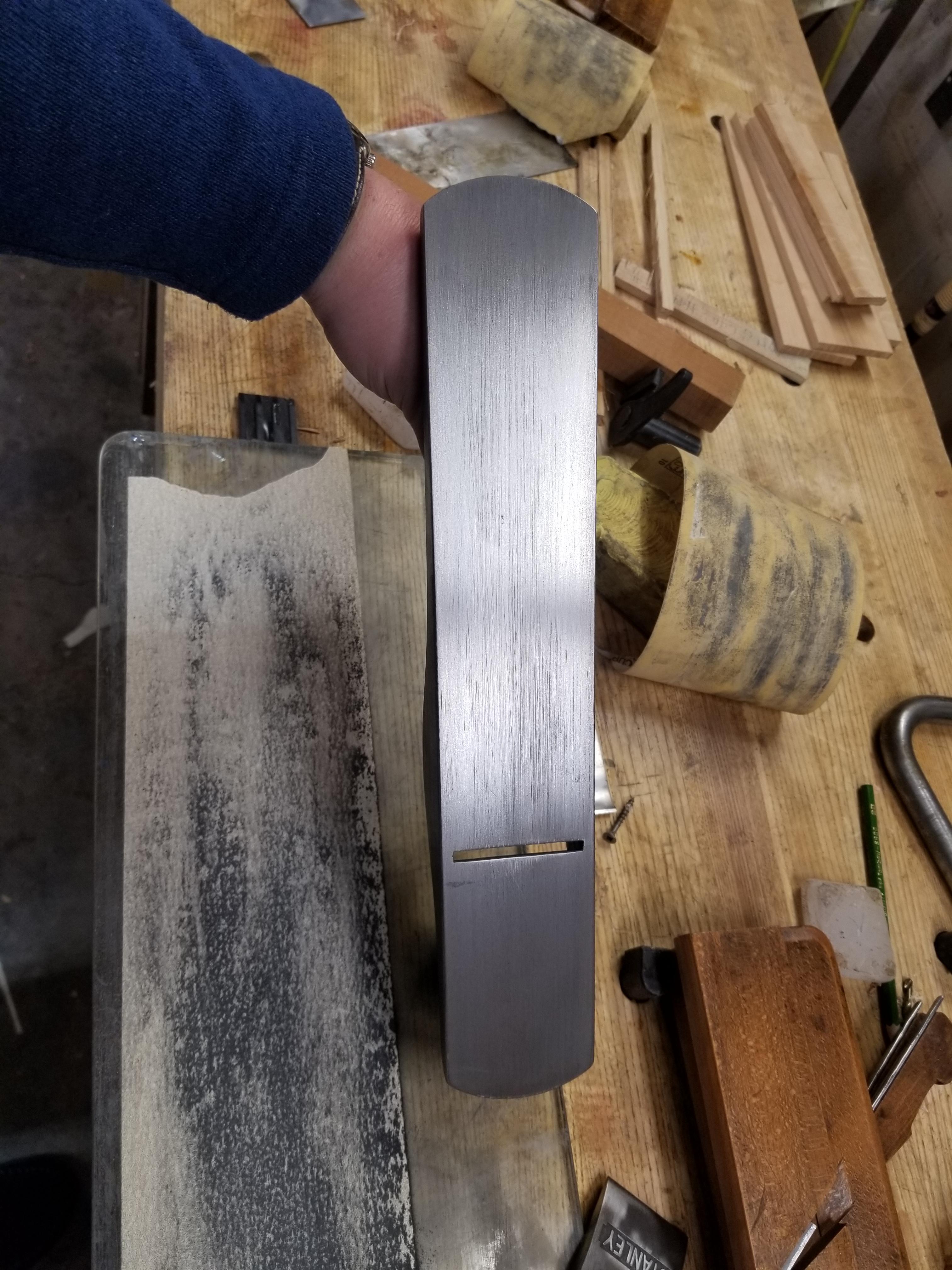
I figured I'd time what it takes to get it ready - no matter what you read about truing frog feet or any such things, you will not be able to better the function vs. what I've done here. In 20 minutes.
you know why that is (the cap, that's why)
starting at 5:42 - some dealer went over everything on this plane with a deburring wheel. I'm not a collector, so I don't really care. I guess at this point in life, I would do the same thing in 10 minutes if the seller hadn't, but they were smart enough to know that they'd get more for it like this than if it was rusty.


The lap is just a glass shelf ($20). You know already i'm an amateur toolmaker. The bench under it is flat - truly flat - in the front right corner, it's where I true planes. 80 grit psa roll.
I start lapping the iron. It gets hot fast. It's not boutique flat, but I'll get most of the wonk flattened out of it. This paper is extremely coarse, so the last step is to move it in a circular motion on the paper (remember, it's PSA - there will be little or no dubbing because the paper can't lift). I have a tool that I use to hold irons, but this one isn't bad enough to get it out.

Once i'm done, I flip it over and regrind the bevel so that it's fresh (it had some relatively gross nicks in it - like grain of sand size, not huge).
lapping the sole is next. It was hollow in center along its length. I"ll stop at this point, going toward cosmetics from here will just result i less flatness. That's solvable by sectional work or filing and then doing a final lap after that, but I"m not going there on this plane. It would probably take at least half an hour. This is awfully close to dead flat.




